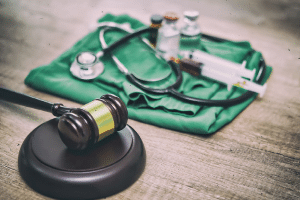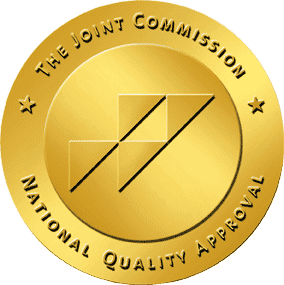Best Charting Practices for Nurses | Learn More

From Messy to Methodical: Best Charting Practices for Nurses
When you decided to become a nurse, you probably didn’t think you would spend most of your time charting. We became nurses to take care of people and to make a difference, not spend hours of the day in front of a computer clicking boxes or doing paperwork.
However, as we’re seeing more headlines about nurses facing felony charges from the Attorney General’s office, it bears reminding all nurses and healthcare professionals just how critical charting is to the well-being and safety of every patient we touch.

The Medical Record
The task of documenting can be dull, repetitive, and at times, downright frustrating – yet it is a vital part of patient care. The medical record is essential for several reasons, and documentation is one of the most important parts of our practice. The primary reason for the medical record is that it provides access to data to deliver appropriate care. It allows the healthcare team to track all the care that has already been completed for the patient. Medical records are also used to code services and generate a bill for those services. It may be used to review processes and develop improved policies. For better or for worse, a patient’s medical record may become a legal document accessible in a court of law showing what was done (or not done) properly in the patient’s care.
As much as we commiserate around our shared dislike of charting, we must also appreciate the fact that proper charting practices protect our license, our livelihoods, and our patients’ lives. We all know that mantra ingrained in us from the very beginning of our nursing education; “If it wasn’t documented, it wasn’t done”.

Charts and Consequences
Charting can be used for or against you in a court of law or in front of the nursing board. In most states, providing inaccurate or false Information in a medical record can be a five-year felony conviction. Incompetence and inaccuracy could also result in board actions including reprimand or censure, probation, license suspension, and/or license revocation.
At best, nursing documentation is a useful tool for communication; at worst, it is a necessary evil. Nurses must always ensure that what they add is accurate and compliant with facility guidelines AND state nursing board guidelines. Never chart something you don’t remember or didn’t do – that is considered fraud.

Charting Standards
There are standards for nursing documentation that are applicable in all patient care settings and in both paper and EMR systems. These standards include the following:
- Accurate: All entries must be free from errors. A small typo can have serious consequences, as it is more likely to be misinterpreted.
- Relevant, organized, and complete: It is important to keep the information relevant to the patient and their condition needing to be addressed. Other healthcare providers should be able to quickly find the information that they need. Assessment data should be entered in a systematic manner. Head-to-toe is the best. Start at the top and work to the toes. Assessing and documenting the same way each time prevents forgetting items that are required. If you are ever deposed about your charting, it would be adventitious to be able to prove consistency.
- Factual: Include only the facts. Do not exaggerate or minimize findings. Charting is to be completed after completing a task, not before. Observations need to include exact times and measurements. Avoid approximations. Make sure you are charting on the correct patient. Only chart the facts the whole facts and nothing but the facts.
- Timely: Real-time charting is best. Documentation should be done as soon as possible after completing the task. If a late entry is necessary, it should be denoted as a late entry with a reason explaining why. All facilities have requirements regarding late entries. Learn what those policies are and be sure you follow them.
- Legible and clearly written: Paper documentation must be clearly legible. Writing must clearly convey meaning. Avoid copy-and-paste habits when documenting in EMR.
- Standardized: Clinicians must use appropriate medical terminology and approved acronyms and abbreviations. The Joint Commission publishes an official standards manual each year, which can be ordered from the Joint Commission website.
- Labeled & Auditable:Paper documentation must be signed with credentials and must include the date and time of the entry. When charting in the EMR, all entries and corrections are recorded, and time-stamped. With this feature, an Attorney immediately knows if you back charted your entire day. A timestamp that shows 12 hours’ worth of care was documented at the end of a shift is a red flag for inaccuracies and the ability to create doubt. Password sharing or having another clinician assist by documenting under an incorrect username is fraudulent.
While I was a nursing instructor, I constantly reminded the LPN students that honest and accurate documentation is one of the most important aspects of nursing. It is the only thing you must show the care that was provided. In the dreaded event of a legal problem, medical records are usually the primary source of evidence for malpractice or neglect claims. They will be scrutinized for every detail, so accurate and complete documentation is your best friend. Your career, and more importantly, a patient’s care and life depend on it.
Sincerely,
Director of Nursing Angela Totora, MBA/HA, CHP, RN
>> Take the next step in your nursing career TODAY!
>> Treat yourself to a change of pace (and PLACE) by exploring all the travel assignments we have available nationwide.




